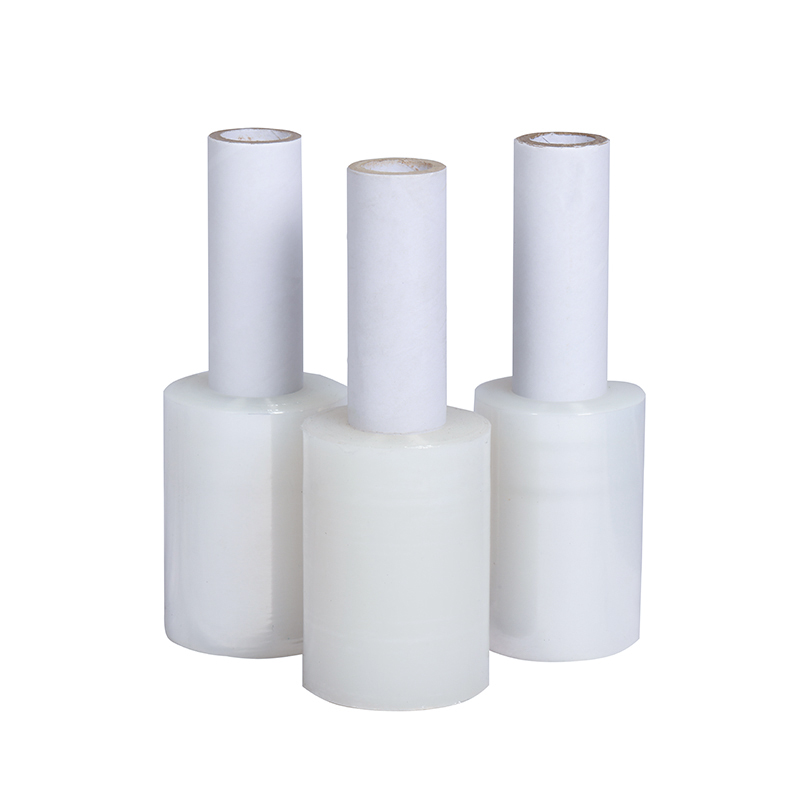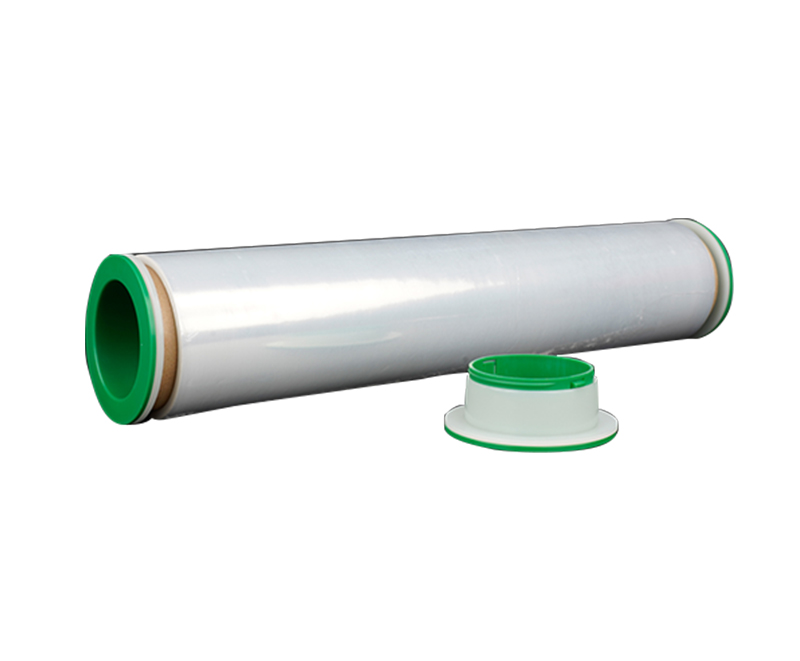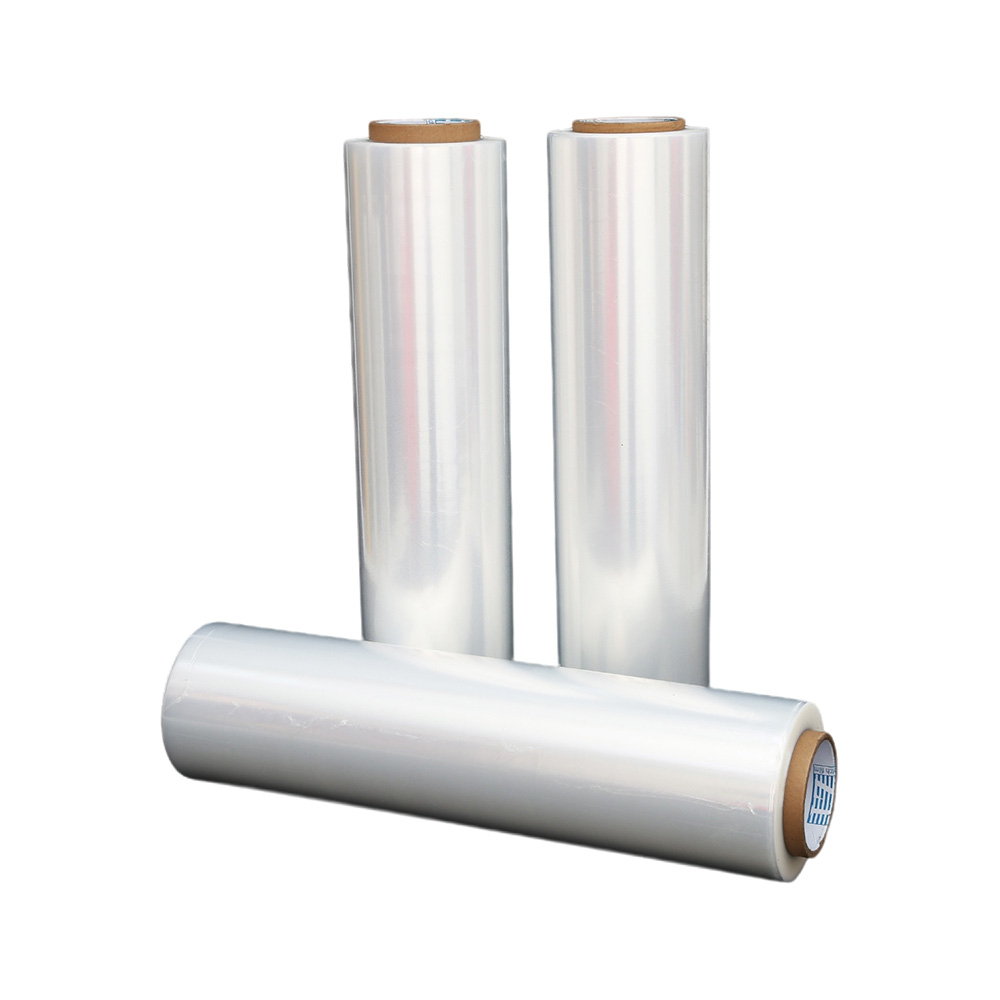The physical properties of stretched film affect film thermo
Source:The physical properties of stretched film affect film thermoTime:2019-01-18Visitors:
The physical properties of the stretched film affect the film thermoformed stretch film
In fact, it is very simple, the physical properties of the stretched film itself are quite special, because there are many factors to consider when performing the thermoforming operation, so we may need to consider it according to the actual situation of the product, because different situations The impact is different, so we need to consider some potential factors, then we will briefly introduce to us what physical properties will affect its film thermoforming.
(1) Thickness
For the stretched film used for thermoforming, the thickness of the agreed thickness is not more than 4 to 8%, and the longer the thickness error is, the longer the heating time is. In addition, assuming that the thickness for molding is changed, it is necessary to consider extending or shortening the heating time of the thermoforming. Just ensure that the uniform heating and temperature together get a good product. Assuming that its thickness error is too large, it is possible to split the thinnest portion.
(2) Viscosity or melt index of the resin used
Assuming that the viscosity of the data used in each batch of film varies greatly, it is a simple problem in thermoforming, especially with regard to polyolefin plastics. Because of the modification of the melt viscosity (or melt index), the temperature of the thermoforming is correspondingly changed. High melt viscosity plastics (low melt index) have higher thermal strength and require higher thermoforming temperatures.
(3) Density
The density of the stretched film data increases, the corresponding shortening rate, tensile strength, hardness and durability also increase, and the thermoforming conditions at this time are also changed.
(4) Orientation
In general, both extruded and calendered films have a certain degree of orientation. The unstretched extruded film has a longitudinal orientation of about 12 to 15% and a transverse direction of about 2 to 5%. When there is a certain orientation, the product with the tolerance comparison can be obtained because the strain can last for a long time.
(5) Temperature
Thermoforming of plastics has a very wide temperature profile. To shorten the molding cycle, its temperature can be taken near the lower limit of the temperature plan because it can shorten the time required for heating.
There are many factors that affect the thermoforming of stretched films. In the meantime, some of its properties and physical parameters have a great influence on the thermoforming function and process. Therefore, according to different factor problems, the coping methods we need to use are also different, so we must first determine the type of the elements, and then we must prescribe the right medicine.
Previous:Plastic film degradation
Next:PE stretch film development market
Recommended Products
Ranked in the same article
- how to use the stretch film technology to r
- How can we get detailed price list?
- Five common quality problems of PE protecti
- Plastic film degradation
- How to guarantee punctual shipment for our
- Gauge to Micron and Millimetre Conversion G
- What is the difference between stretch film
- Testing the permeability of stretch film
- Stretch film temperature requirements
- Electrical wire film VS electrostatic film
- Why insufficient transparency of stretch w
Latest news articles
- Stretch Film Wrap: Unraveling Its Benefits
- How can PE stretch film be cut better?
- How to check the quality of PE stretch film
- What is the Difference Between Magic Tape a
- The 133rd Spring Canton Fair
- The Ultimate Guide to Choosing the Right Ma
- Advantages of white engineering film
- What Properties Ensure Effective Cold Chain
- The significance of using PE electric wire
- Factors affecting viscosity of PE stretch f
- Bundling Stretch Film: Optimize Your Packag



